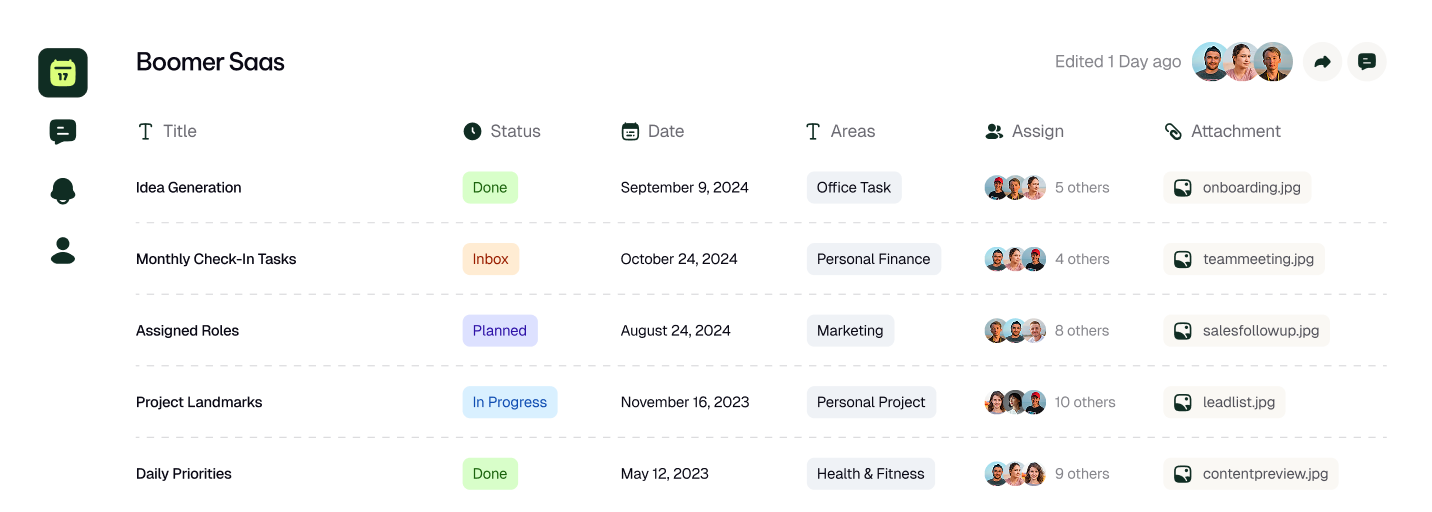In today’s fast-paced professional landscape, managing daily tasks efficiently is more critical than ever. Whether you’re juggling meetings, responding to emails, or working on long-term projects, a well-optimized workflow can significantly enhance productivity and reduce stress. This article outlines practical strategies to help you streamline your day, maintain focus, and achieve more with less effort.
Effective task management begins with clear prioritization. The Eisenhower Matrix, which categorizes tasks based on urgency and importance, is a powerful tool for this. Divide your tasks into four quadrants:
By focusing on high-impact tasks, you align your efforts with your most meaningful goals.
Time blocking is a scheduling method where you allocate fixed blocks of time to specific tasks or categories of work. Instead of reacting to interruptions, you proactively structure your day. For example:
This technique minimizes context switching and helps maintain focus on one task at a time.
Digital productivity tools can be game-changers for managing daily tasks. Consider the following:
Integrating these tools into your routine allows for better visibility, tracking, and coordination of your work.
Popularized by productivity consultant David Allen, the Two-Minute Rule states: If a task takes less than two minutes, do it immediately. This simple principle helps clear minor tasks quickly, preventing them from piling up and cluttering your task list.
Task batching is the practice of grouping similar tasks and executing them together in one go. For example, responding to emails, making phone calls, or processing invoices can be done in designated time slots. This reduces mental load and improves efficiency by leveraging repetition and flow.
Optimizing your workflow also means protecting it. Turn off non-essential notifications, establish “deep work” periods without interruptions, and communicate availability to your team. A focused environment leads to better output and reduced time spent on each task.
Spend a few minutes at the end of each day or week to reflect:
This habit helps you fine-tune your workflow over time and adjust strategies that aren’t delivering the results you want.
Optimizing your workflow isn’t about working longer—it’s about working smarter. By implementing intentional strategies like prioritization, time blocking, and batching, you can transform your day from chaotic to controlled. Start with one or two techniques, track your progress, and gradually build a system that supports your goals and your well-being.
